Bad Boys II: A Rollercoaster of Absurdity and Excess
Few films divide audiences quite like Michael Bay’s “Bad Boys II.” A bombastic, action-heavy sequel, it’s often cited as an epitome of early 2000s Hollywood excess. While its reputation precedes it, often for its sheer scale and audaciousness, a closer look reveals a film that struggles to find its footing, at least initially. Indeed, the first hour can be a genuine test of patience, a relentless barrage of seemingly endless exposition and a clichéd setup involving two Miami-Dade narcotics detectives in pursuit of ecstasy traffickers. It’s a journey that feels curiously directionless and utterly hopeless for a significant chunk of its runtime.
The Initial Drags: A Plot Exposition in Search of a Purpose
The opening act of “Bad Boys II” plays out like a formulaic police procedural stretched beyond endurance. Detectives Mike Lowrey (Will Smith) and Marcus Burnett (Martin Lawrence), two starkly contrasting personalities, are thrown into a seemingly endless chase sequences and uninspired dialogue around a generic drug plot. The pursuit of ecstasy dealers feels devoid of any real stakes or ingenuity, culminating in a series of events that feel disjointed and frankly, quite dull. It challenges the viewer to truly invest in the narrative, requiring a significant commitment to push through the sluggish build-up.
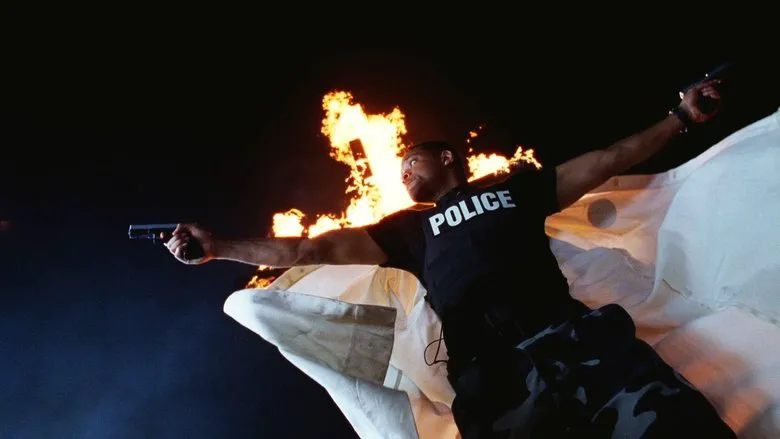
Dialogue That Defines (and Defies) Logic
Perhaps the most defining, and bewildering, aspect of this early phase is the dialogue itself. Often rambling and nonsensical, it highlights the perceived indifference of the legendary writing team (Dick Clement, Ian La Frenais, Marianne and Cormac Wibberley) to crafting anything beyond superficial banter. Consider this bewildering exchange:
- Cop 1: “You signed up as a volunteer?”
- Cop 2: “Not yet.”
- Cop 1: “What’s taking you so long?”
- Cop 2: “Why?”
- Cop 1: “No reason.”
- Cop 2: “I’m seeing your sister.”
- Cop 1: “What did you say?”
- Cop 2: “No, I haven’t signed up as a volunteer.”
- Cop 1: “No, you said something else.”
- Cop 2: “Clean your ears.”
- Cop 1: “What’s wrong with my ears, you jerk?”
- Cop 2: “How’s your pool?”
- Cop 1: “Cost me three and a half grand, no problem.”
- Cop 2: “You idiot.”
- Cop 1: “You’re the idiot.”
This seemingly endless back-and-forth raises more questions about the script’s intent than it provides character insight. It begs the question: were the celebrated screenwriters truly inspired, or simply content to let comedic powerhouse Martin Lawrence and the ever-charming Will Smith coast on their existing chemistry and deliver this bizarre non-sequitur dialogue for their substantial paychecks? Their contrasting physiques – the shorter, more effusive Lawrence and the taller, cooler Smith – merely amplify the comedic oddity of such exchanges, making it clear they were there primarily for their star power, not textual depth.
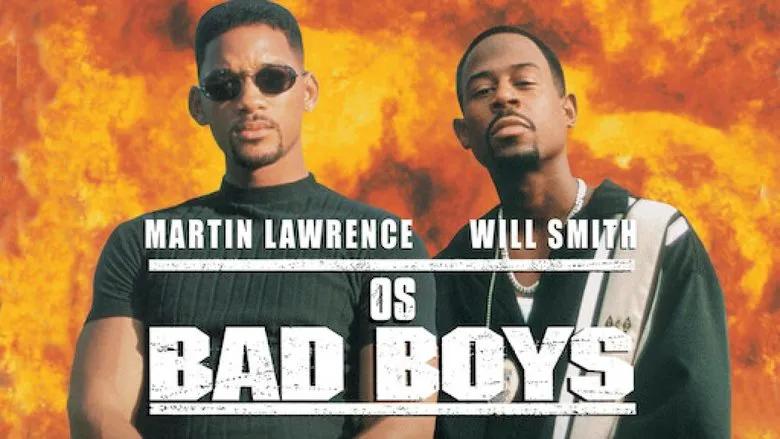
Michael Bay’s Signature Bombast and Bling
This disregard for narrative subtlety is further exacerbated by Michael Bay’s uncompromising directorial style. With a filmography boasting productions like “Pearl Harbor,” Bay has consistently demonstrated an insatiable appetite for grandiosity and astronomical budgets, and “Bad Boys II” is arguably his magnum opus in this regard. His approach seems to be one of spending an exorbitant amount of money on even the most mundane or inconsequential scenes.
A prime example is the inexplicable moment where a dog damages one of the detective’s inflatable pools. To underscore the “gravity” of this trivial domestic incident, Bay orchestrates a sequence involving police helicopters dramatically circling New York skyscrapers. The mind boggles at the sheer logistical and financial undertaking: the cost of chartering multiple helicopters, hiring skilled pilots, obtaining permits for New York airspace, and filming the sequence from another aircraft, all to establish the “importance” of a deflated pool float. It’s a testament to Bay’s unyielding commitment to cinematic spectacle, even when the subject matter hardly warrants it.
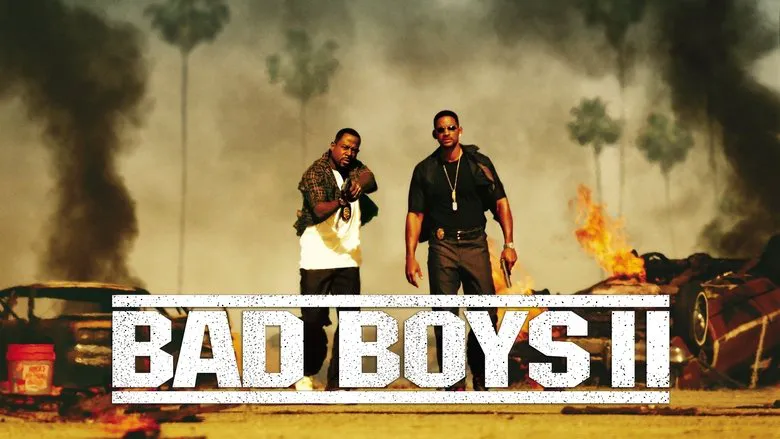
The Dive into Dark Absurdity: Act Two’s Unhinged Brilliance
However, for those with the perseverance to endure the opening hour, “Bad Boys II” rewards its audience with a sudden, astonishing, and almost inexplicably brilliant pivot into dark humor and outright sadism. It’s as if one of the four credited screenwriters, perhaps driven to a breaking point by the initial script, managed to infiltrate the writers’ room and convince the others to unleash absolute creative abandon.
The plot takes a grotesque, yet undeniably captivating, turn. Lawrence and Smith are thrust into an increasingly bizarre scenario where a ruthless Cuban drug lord, Johnny Tapia (Jordi Mollà), is utilizing morgues and dead bodies to transport ecstasy. The writers’ imaginations unfurl into a torrent of truly unhinged concepts:
There’s a chillingly comedic chase involving a hearse with its rear door agape, sending corpses tumbling onto a busy highway. Innocent motorists, unknowingly complicit, send body parts scattering, with heads quite literally rolling into the street. The detectives are forced into nauseating investigations involving rummaging through human remains. In one particularly memorable and oddly eroticized scene, Martin Lawrence finds himself hiding on a gurney alongside a buxom young deceased woman during an intense chase. This newfound willingness to embrace the macabre inexplicably injects a vibrant, albeit twisted, energy into the performances and the surrounding dialogue, making it far more engaging, even if not necessarily more palatable.
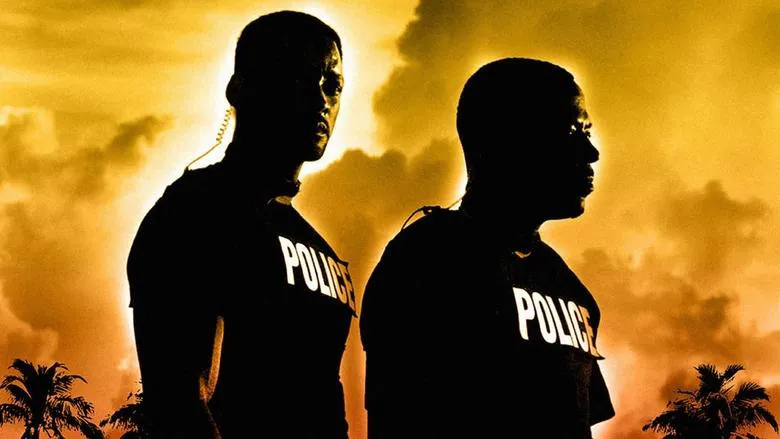

Cuba and The Cataclysmic Climax
Once the unsettling premise of corpse-based drug trafficking has been exhausted, the dark humor follows its logical, if utterly bizarre, progression to Cuba. The sheer uninhibited madness of the second act seems to have permanently skewed the writers’ approach, as a return to the mind-numbing dialogue of the first hour proves impossible.
The film then culminates in an explosive, over-the-top finale. Smith, Lawrence, Marcus’s sister (Sydney), and the drug lord find themselves in a precarious situation within a minefield bordering Guantanamo Bay. When the drug lord meets his end in the neutral zone, Michael Bay’s camera doesn’t merely imply his demise; it painstakingly details it. The audience is treated to a graphically rendered depiction of his upper body detaching from his lower half, showing precisely where and how it flies after the explosion. Such a scene is filmed with the same meticulous dedication that Bay might have brought to historical events of monumental significance, like the precise moment of the Japanese surrender aboard the USS Missouri in September 1945.
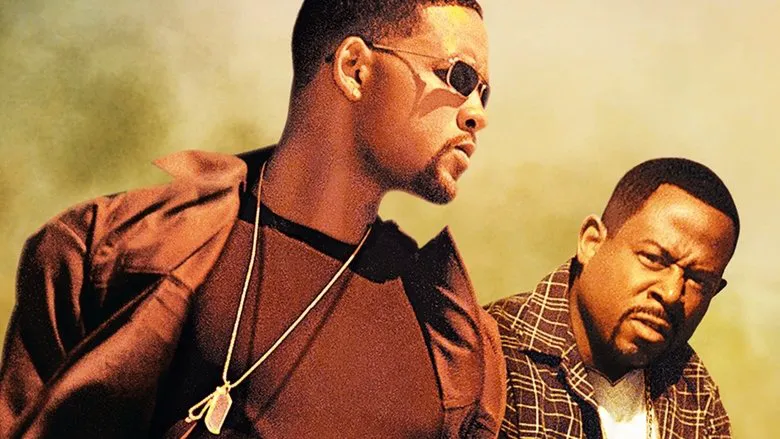
A Hollywood Mirror: The Ultimate Takeaway
Ultimately, “Bad Boys II” is more than just an action movie; it’s a fascinating, if sometimes frustrating, case study. It’s almost mandatory viewing for anyone seeking to understand the curious state of Hollywood filmmaking at the turn of the millennium. The film encapsulates the three tell-tale signs of a revolutionary situation, albeit humorously applied to cinema, as famously formulated by V.I. Lenin: “Tons of money, the upper classes can’t [control it], and the lower classes don’t want to [tolerate it anymore].” The sheer financial excess, coupled with fragmented storylines and questionable creative choices, points to an industry perhaps spiraling out of creative control. In its chaotic, loud, and often senseless glory, a storm, indeed, was brewing.